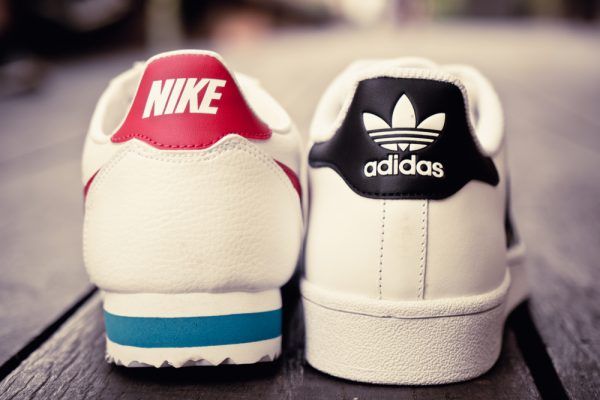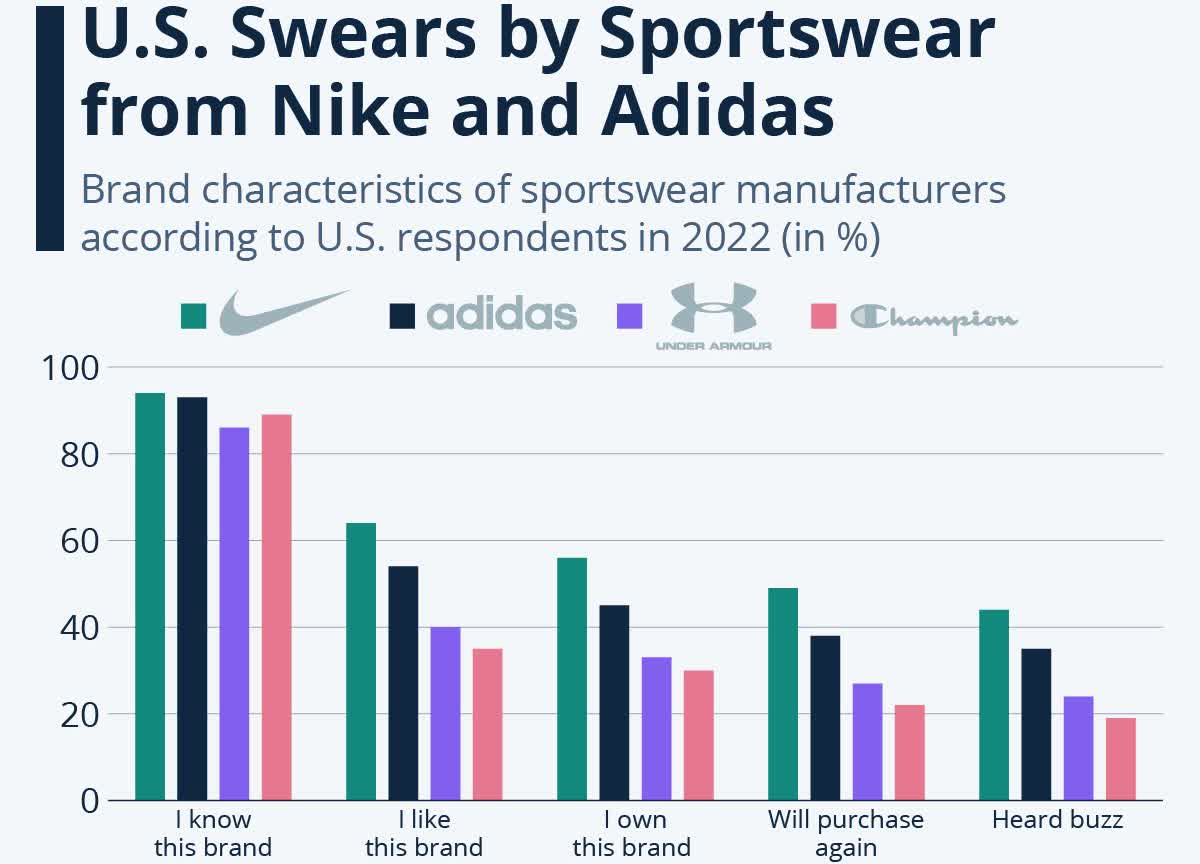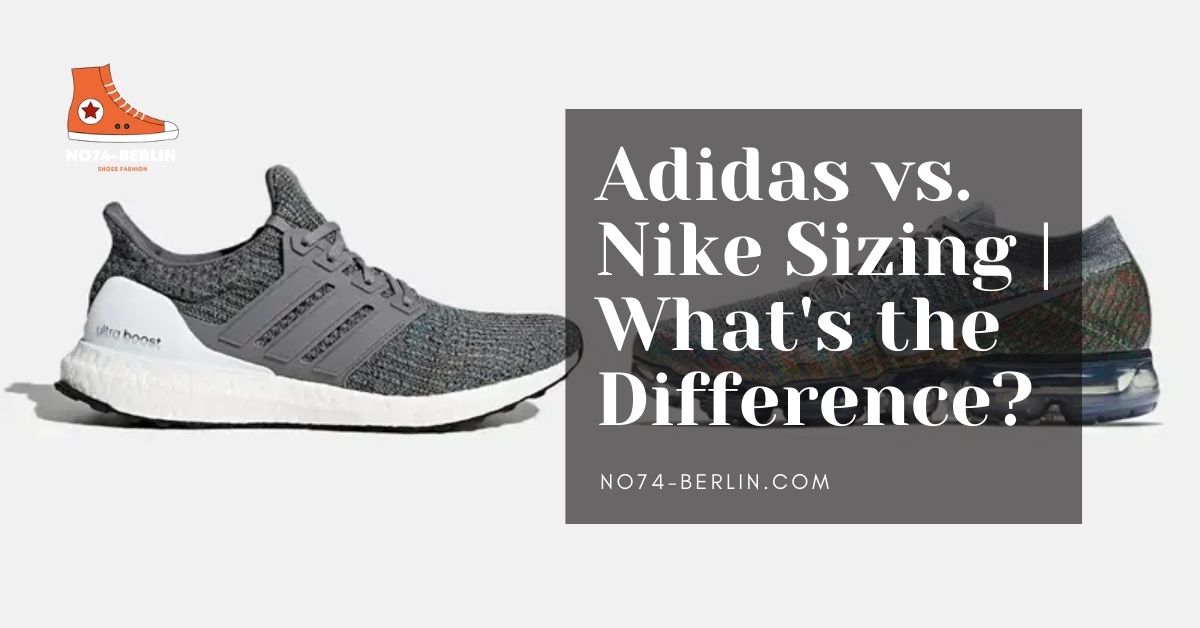Understanding Brand-Specific Fitting Nuances
When comparing Adidas and Nike shoes, understanding the fitting nuances of each brand is crucial for achieving a perfect fit. The question “how do Adidas fit compared to Nike?” is a common concern for consumers, as the answer can significantly impact comfort, performance, and overall satisfaction. This article aims to provide a comprehensive overview of the fitting characteristics of both Adidas and Nike shoes, helping you make an informed decision when purchasing your next pair.
Assessing Adidas Fitting: A Closer Look
When considering the question “how do Adidas fit compared to Nike?”, it’s essential to examine Adidas fitting characteristics to understand the brand’s unique attributes. Adidas shoes often incorporate a consistent design language, such as the iconic ‘three-stripe’ branding, which can influence fitting.
One notable feature in many Adidas shoes is the ‘Torsion System.’ This innovative technology supports the arch, allowing for a more natural and flexible motion during lateral movements. The Torsion System can affect the overall fit, providing a snug yet comfortable grip around the midfoot area. This can be particularly beneficial for individuals with higher arches or those engaging in activities that involve side-to-side movements.
Popular Adidas models like the Adidas Ultraboost and Adidas NMD exhibit distinct fitting characteristics. The Adidas Ultraboost, known for its plush cushioning and sock-like fit, tends to accommodate various foot shapes and widths. Meanwhile, the Adidas NMD, characterized by its flexible Primeknit upper, offers a form-fitting yet breathable experience, adapting to the wearer’s foot for a personalized fit.
Exploring Nike Fitting: Key Elements to Consider
When comparing Adidas and Nike shoes, understanding the nuances of Nike’s fitting is crucial to finding the perfect pair. Nike has developed several innovative technologies to enhance fit and performance. Some of these features include the Flywire technology and the Dynamic Fit system.
The Flywire technology, introduced in 2008, is a series of thin, strong cables woven into the shoe’s upper material. These cables provide support and stability, adapting to the foot’s motion during various activities. The Flywire system allows for a more lightweight and breathable shoe, reducing overall weight while maintaining structure.
Another essential fitting aspect in Nike shoes is the Dynamic Fit system. This technology consists of a series of strategically placed bands or cables that wrap the midfoot, providing a secure and customized fit. The Dynamic Fit system adapts to the foot’s natural motion, ensuring a comfortable and supportive feel during workouts or games.
Popular Nike models with unique fitting characteristics include:
Nike Air Max: Known for their visible air cushioning units, Air Max shoes offer a plush and responsive ride. The fit varies depending on the specific model, but generally, they provide ample room in the toe box and a snug heel fit.
Nike Free: The Nike Free line is designed for natural motion and barefoot-like flexibility. These shoes have a minimal upper design and a wide toe box, allowing for a more anatomical fit. The Nike Free shoes are ideal for those seeking a barefoot-inspired feel with adequate ground contact.
Nike Pegasus: The Pegasus series is a versatile and reliable option for runners and athletes. They typically offer a comfortable fit with a roomy toe box and a secure midfoot. The Pegasus shoes are known for their durability and cushioning, making them a popular choice for various activities.
When considering Nike’s fitting characteristics, it’s essential to remember that personal preference plays a significant role. Some individuals might prefer a more snug fit, while others may require more room in the toe box. Ultimately, the perfect fit depends on individual foot shape, arch type, and activity level.
Comparing Adidas and Nike Fitting Side by Side
When comparing Adidas and Nike shoes, it’s essential to understand the fitting nuances of each brand to make an informed decision. While both Adidas and Nike strive to provide a comfortable and supportive fit, there are differences in their approaches and technologies.
Adidas fitting characteristics often include:
A ‘three-stripe’ design that adds structure and support to the shoe’s upper.
The Torsion System, a thermoplastic arch support that allows for natural foot movement and increased stability.
A variety of shoe lasts, providing options for different foot shapes and widths.
Popular Adidas models like the Ultra Boost, Supernova, and Adizero series have their unique fitting traits:
Ultra Boost: Known for their Boost midsole technology, Ultra Boost shoes offer a plush and responsive ride. They typically have a snug fit in the heel and midfoot, with a roomier toe box for comfort.
Supernova: The Supernova series is designed for runners seeking a balance between cushioning and support. These shoes generally provide a secure fit in the heel and midfoot, with ample room in the toe box for natural foot splay.
Adizero: The Adizero line is engineered for speed and agility, featuring a lightweight and breathable upper. The fit is often more snug and performance-oriented, with a minimalist design that caters to competitive athletes.
Nike fitting characteristics, on the other hand, typically involve:
Flywire technology for adaptive support and stability.
The Dynamic Fit system for a customized and secure midfoot fit.
A range of shoe lasts and designs to accommodate various foot shapes and widths.
Popular Nike models like the Air Max, Free, and Pegasus series have their unique fitting traits:
Air Max: Known for their visible air cushioning units, Air Max shoes offer a plush and responsive ride. The fit varies depending on the specific model, but generally, they provide ample room in the toe box and a snug heel fit.
Free: The Nike Free line is designed for natural motion and barefoot-like flexibility. These shoes have a minimal upper design and a wide toe box, allowing for a more anatomical fit. The Nike Free shoes are ideal for those seeking a barefoot-inspired feel with adequate ground contact.
Pegasus: The Pegasus series is a versatile and reliable option for runners and athletes. They typically offer a comfortable fit with a roomy toe box and a secure midfoot. The Pegasus shoes are known for their durability and cushioning, making them a popular choice for various activities.
When comparing Adidas and Nike fitting side by side, it’s clear that both brands offer innovative technologies and designs to accommodate various foot shapes and activities. Differences in the Torsion System and Flywire technology, as well as unique fitting characteristics in popular models, might impact consumer choice. However, personal preference and individual comfort should always be the ultimate deciding factors.
Tips for Achieving the Perfect Fit with Adidas and Nike
When it comes to purchasing shoes from Adidas and Nike, achieving the perfect fit is crucial for both comfort and performance. Here are some practical tips to help you make the right choice:
1. Try on Shoes in the Afternoon
Your feet tend to swell throughout the day, so trying on shoes in the afternoon gives you a more accurate representation of how they will fit. This is especially important if you’re purchasing running or training shoes, as you want them to be comfortable during high-impact activities.
2. Consider Foot Width and Arch Type
Both Adidas and Nike offer shoes in various widths to accommodate different foot shapes. If you have narrow or wide feet, pay close attention to the shoe’s width when trying them on. Additionally, consider your arch type (low, medium, or high) and how it may affect the fit and feel of the shoe. Some Adidas models, like the Supernova or Ultraboost, are known for their adaptability to various arch types.
3. Break in New Shoes Gradually
Even with the best fit, new shoes may still require a short break-in period. Start by wearing them for short durations and gradually increase the time spent in them. This will help prevent blisters and discomfort that can sometimes occur with new shoes.
4. Utilize Adidas and Nike’s Fitting Tools
Both brands provide online fitting tools and resources to help you find the perfect shoe size. Adidas’ Shoe Finder and Nike’s Footwear Size and Fit Guide can be valuable resources when shopping for shoes online or in-store.
5. Pay Attention to Return Policies
When purchasing shoes online, make sure to review the return policy before making a final decision. Both Adidas and Nike offer generous return policies, allowing you to exchange or return shoes if they don’t fit quite right.
Ultimately, finding the perfect fit with Adidas and Nike shoes depends on various factors, including your foot shape, arch type, and personal preferences. By following these tips and staying informed about brand innovations and fitting trends, you can increase your chances of finding the ideal pair of shoes for your needs.
Considering Personal Preference in Shoe Fitting
When discussing the fit of Adidas and Nike shoes, it is essential to acknowledge the role of personal preference in shoe fitting. While there are general trends in how each brand’s shoes fit, individual comfort and satisfaction ultimately determine the best fit for each person. Some individuals might find that Adidas shoes provide a more comfortable fit due to their unique design features, while others may prefer the feel of Nike shoes.
Adidas shoes, such as the popular Stan Smith or Superstar models, often feature a roomier toe box and a more relaxed fit compared to Nike shoes. This can be advantageous for individuals with wider feet or those who prefer a less snug fit around the foot. Additionally, Adidas’s ‘Torsion System’ offers enhanced stability and support, which can contribute to a more comfortable walking or running experience for some users.
On the other hand, Nike shoes, like the iconic Air Force 1 or the versatile Air Max Invigor, tend to have a more fitted and streamlined design. Nike’s ‘Flywire’ technology and ‘Dynamic Fit’ system provide a secure and adaptive fit, which can be particularly appealing to athletes or individuals with narrower feet. These features contribute to a close-to-the-foot feel that can enhance performance and support during high-intensity activities.
Ultimately, the decision between Adidas and Nike shoes should be based on personal comfort and satisfaction. It is crucial to consider individual foot width, arch type, and preferred fit when selecting shoes. While brand-specific fitting nuances can provide valuable guidance, they should not overshadow the importance of personal preference in achieving the perfect fit.
Staying Up-to-Date with Brand Innovations and Fitting Trends
As leading brands in the athletic footwear industry, Adidas and Nike consistently innovate and adapt to emerging trends in shoe fitting. Staying informed about their latest developments can help consumers make more informed decisions when selecting shoes. Here are some resources and tips for staying up-to-date with Adidas and Nike’s innovations and fitting trends:
- Follow official brand websites and social media channels: Adidas (adidas.com) and Nike (nike.com) regularly update their websites and social media platforms with new product releases, technology advancements, and fitting insights. Following these channels can provide valuable insights into the latest brand innovations and trends.
- Subscribe to industry publications and blogs: Publications such as Runner’s World or Sneaker News often cover the latest developments in athletic footwear, including Adidas and Nike innovations. Following these resources can help consumers stay informed about the industry’s broader trends and advancements.
- Join online communities and forums: Engaging with online communities and forums dedicated to athletic footwear can provide first-hand insights from other consumers about their experiences with Adidas and Nike shoes. Platforms such as Reddit’s r/Sneakers or Nicerunning offer opportunities to connect with fellow enthusiasts and stay informed about the latest trends and innovations.
- Participate in brand events and launches: Adidas and Nike frequently host events, pop-ups, and product launches that showcase their latest innovations and technologies. Participating in these events can provide hands-on experience with new products and an opportunity to learn about the brands’ fitting philosophies directly from their representatives.
By staying informed about Adidas and Nike’s latest innovations and fitting trends, consumers can make more educated decisions when selecting shoes that cater to their unique preferences and needs. Remember that individual comfort and satisfaction should always be the top priority when choosing shoes, regardless of brand-specific trends and advancements.







